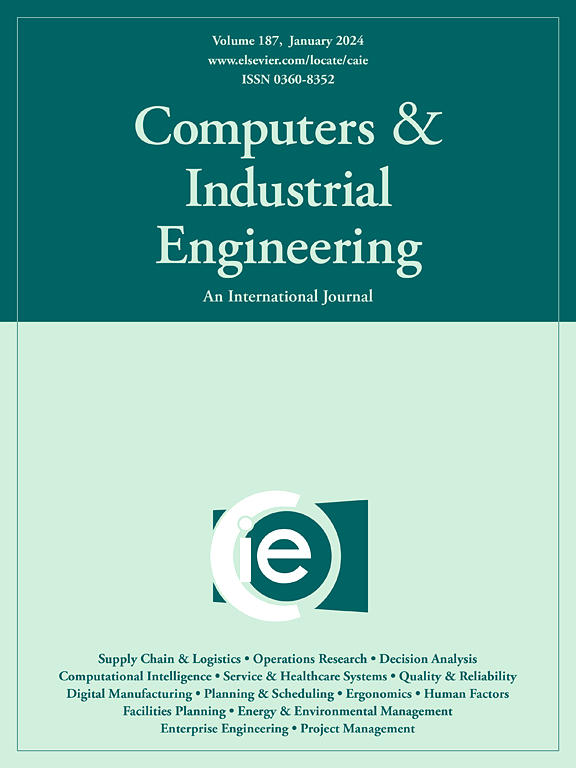管理印度儿童免疫规划中疫苗供应链短缺的综合框架
IF 6.7
1区 工程技术
Q1 COMPUTER SCIENCE, INTERDISCIPLINARY APPLICATIONS
引用次数: 0
摘要
确保疫苗从生产到分销、储存和管理的持续供应依赖于疫苗供应链(VSC)的有效管理。然而,近年来,疫苗短缺已成为疫苗生产商和儿童免疫规划的一个主要问题,特别是在低收入和中等收入国家,这阻碍了儿童免疫系统的总体表现。本研究旨在通过确定主要原因和调查解决短缺问题的可能解决办法,解决印度儿童免疫规划中持续存在的疫苗短缺问题。为此,我们提出了一个综合框架,将层次分析法(AHP)和复杂比例评估与灰色理论(COPRAS-G)方法相结合。这个框架为导致短缺的10个问题提供了12种可能的解决方案。我们表明,需求的不确定性是疫苗短缺的主要原因,需要一个更好的监测系统来及时发现和治疗短缺。为了验证结果的稳定性,我们在区间[0,1]上使用均匀概率分布进行蒙特卡罗模拟。这项研究的结果将为决策者提供关于如何有效管理疫苗短缺问题和提高儿童免疫规划绩效的宝贵见解。本文章由计算机程序翻译,如有差异,请以英文原文为准。
An integrated framework for managing vaccine supply chain shortages in the child immunization program of India
Ensuring a consistent supply of vaccines from manufacture to distribution, storage, and administration relies on efficient management of the Vaccine Supply Chain (VSC). However, in recent years, vaccine shortages have emerged as a major issue for vaccine producers and child immunization programs, especially in low- and middle-income countries, which hampers VSC overall performance. This study aims to address the ongoing problem of vaccine shortages in India’s child immunization program by identifying the main causes and investigating possible solutions to address the shortage issue. To do this, we propose an integrated framework that combines the Analytic Hierarchy Process (AHP) and Complex Proportional Assessment with Grey Theory (COPRAS-G) methodologies. This framework yields 12 potential solutions for the 10 issues causing shortages. We show that demand uncertainty is the primary cause of vaccine shortages and that a better monitoring system is necessary to detect and treat shortages in a timely manner. To validate the stability of the results, we run a Monte Carlo simulation using a uniform probability distribution on the interval [0, 1]. The results of this study will provide valuable insights for policymakers on how to effectively manage the vaccine shortage issue and improve the performance of child immunization programs.
求助全文
通过发布文献求助,成功后即可免费获取论文全文。
去求助
来源期刊

Computers & Industrial Engineering
工程技术-工程:工业
CiteScore
12.70
自引率
12.70%
发文量
794
审稿时长
10.6 months
期刊介绍:
Computers & Industrial Engineering (CAIE) is dedicated to researchers, educators, and practitioners in industrial engineering and related fields. Pioneering the integration of computers in research, education, and practice, industrial engineering has evolved to make computers and electronic communication integral to its domain. CAIE publishes original contributions focusing on the development of novel computerized methodologies to address industrial engineering problems. It also highlights the applications of these methodologies to issues within the broader industrial engineering and associated communities. The journal actively encourages submissions that push the boundaries of fundamental theories and concepts in industrial engineering techniques.
 求助内容:
求助内容: 应助结果提醒方式:
应助结果提醒方式:


